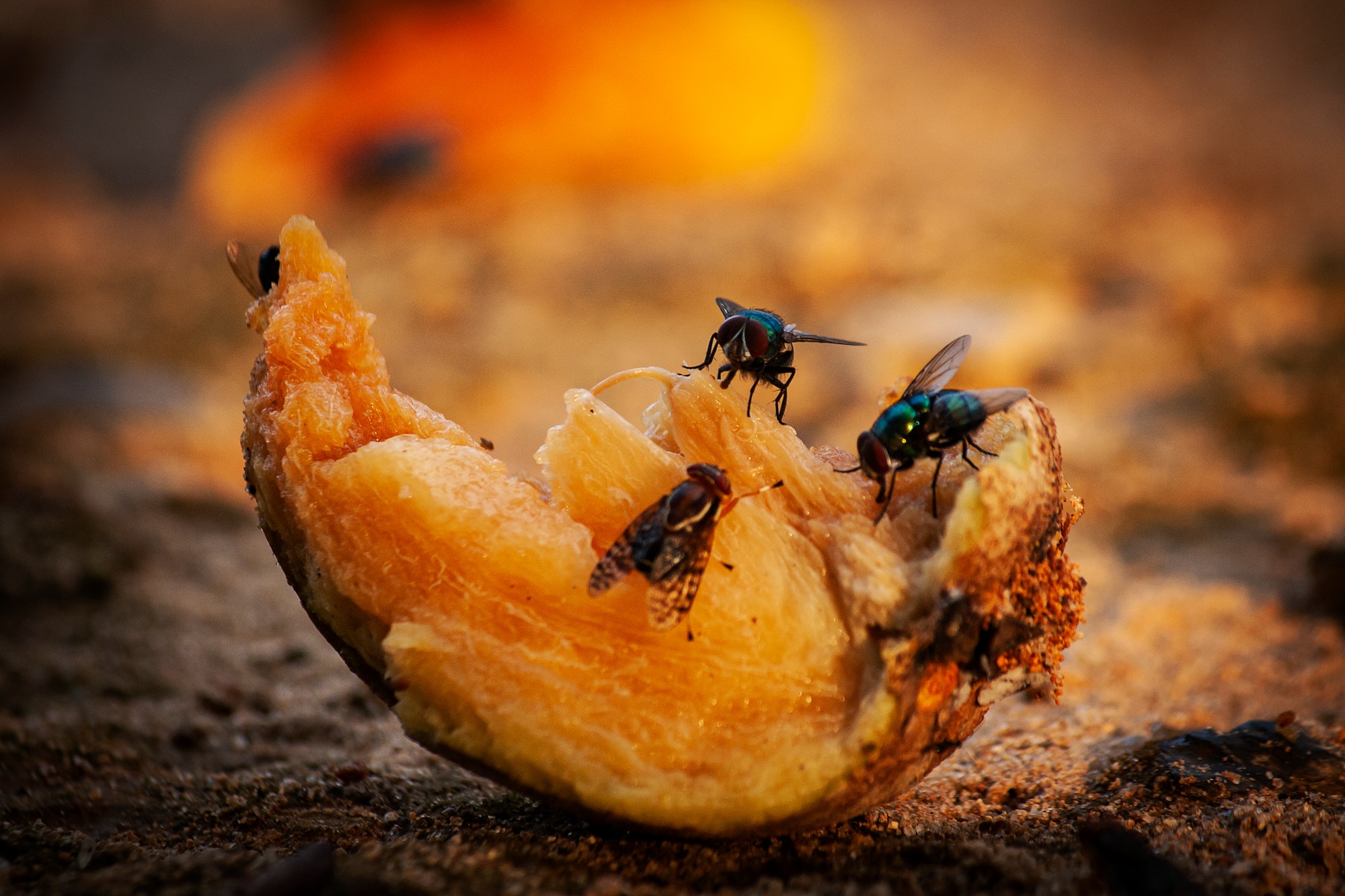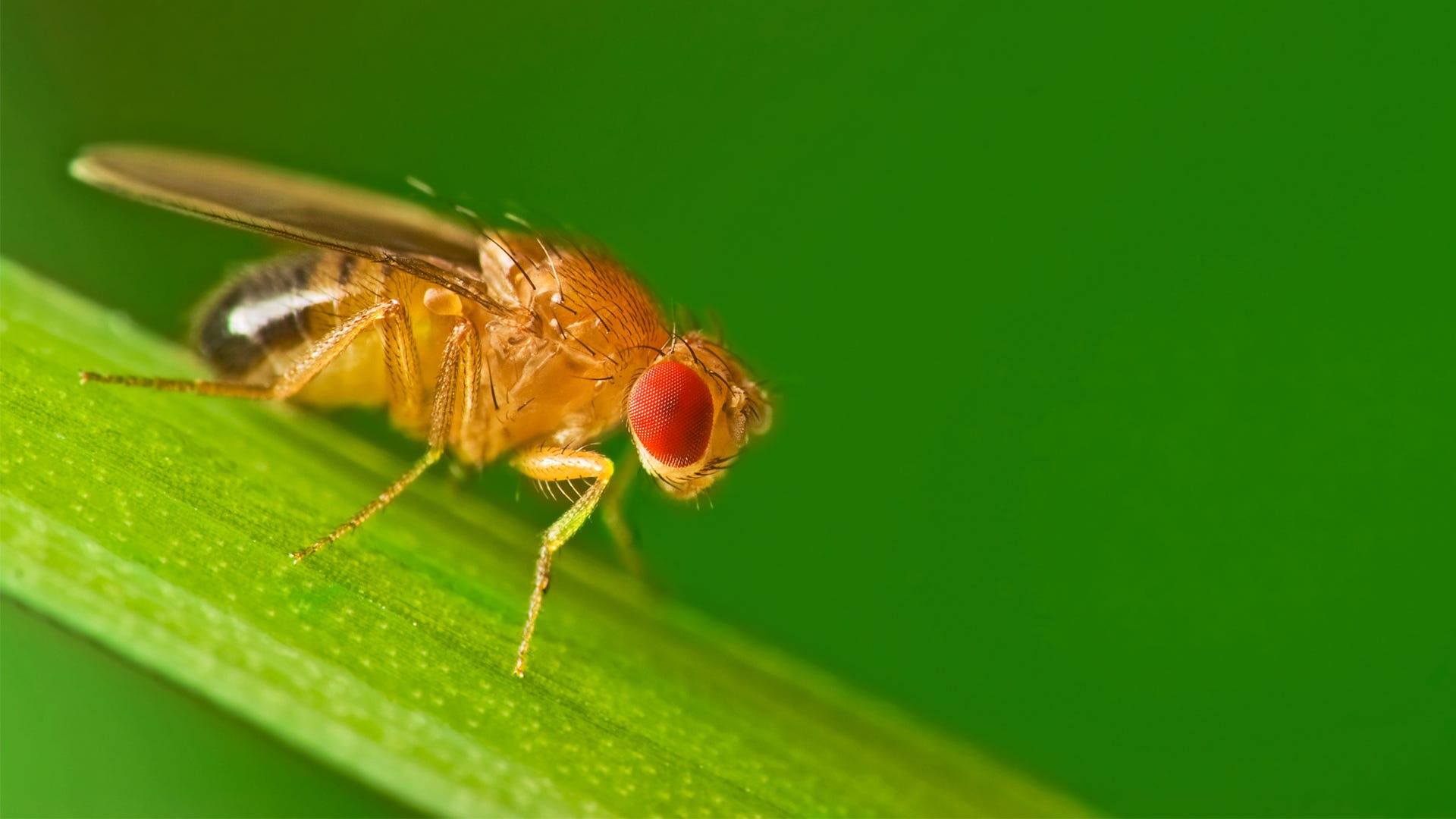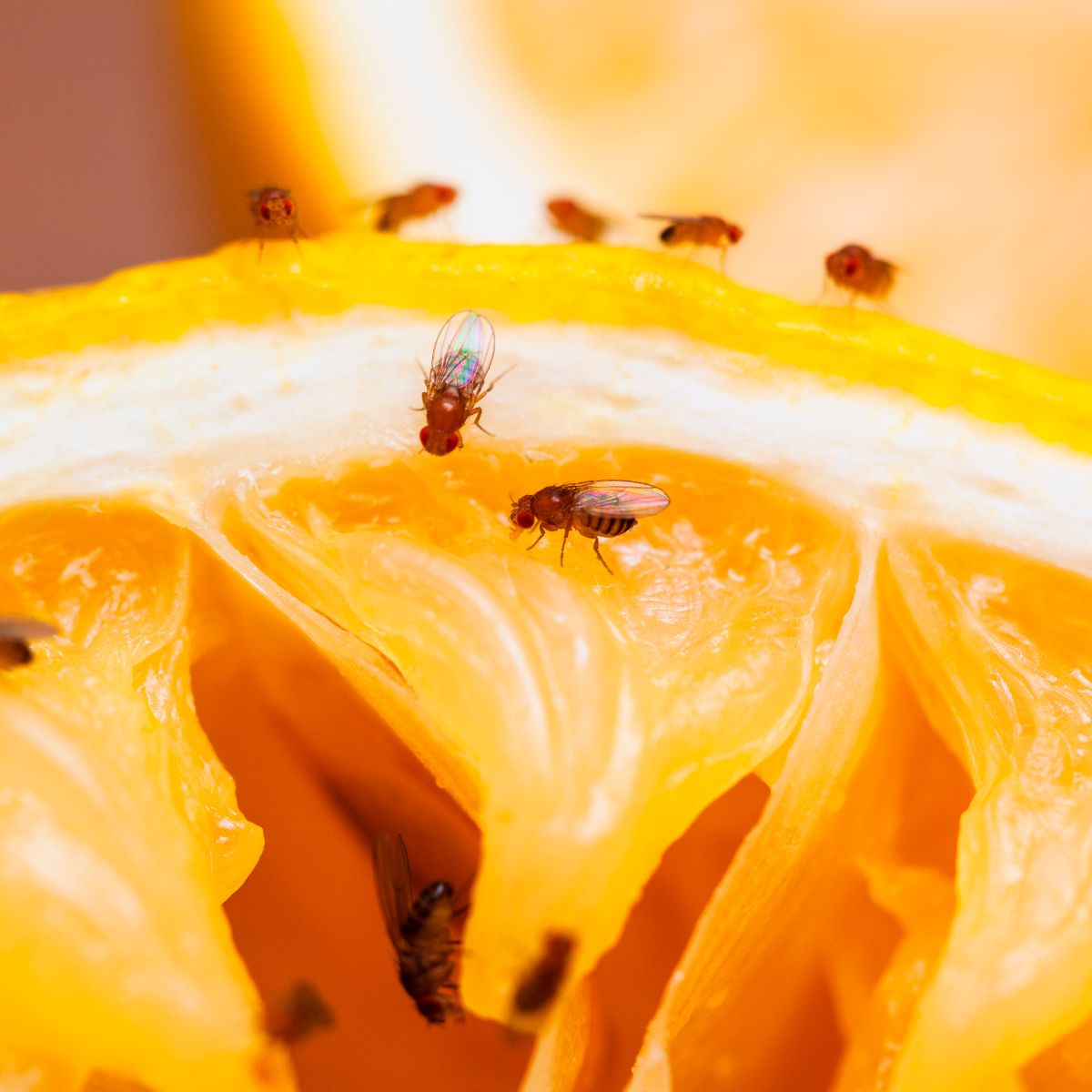How To Remove Fruit Flies From Your Kitchen?
According to the Berg Lab at the University of Washington, Drosophila Melanogaster has three sets of legs and a pair of wings. Thomas Hunt Morgan was the first biologist to study them and discovered their sex-linkage and genetic recombination in the 1900s.
Because the flies are small, easy to culture, and have a short reproductive cycle, geneticists have been using them for research ever since their discovery. The common name of this genetic research subject is the fruit fly
Just one fruit fly can lay 500 eggs. It takes about a week for the egg to become an adult fruit fly, then the process repeats itself. If 500 fruit flies each lay 500 eggs, 250,000 flies will hatch and be adults in one week. So, 250,000 fruit flies then become 125,000,000 wee beasties in two weeks!

Each fruit fly is about 1/8 of an inch long. The front of their body is tan, and the back is black; they have red eyes and wings. It is easy to understand how your kitchen can quickly become overrun with these little pests.
Fruit flies are primarily just annoying; however, they can carry bacteria and disease to food products in your home. Prevention is the best way to avoid infestation. The fruit fly likes fruits and vegetables brought in from the garden or a store. They also like beer, wine, and anything sweet or fermenting.
They will breed near the surface of these food items and in drains and disposals, dish rags, mops, trash cans, or empty bottles. They only need a thin film to lay their eggs. The tiny larvae hatch near the surface of moist fermenting foods and organic material. The damaged part of the fruit can be cut out and discarded with the nymphs, leaving a usable portion of the fruit. Washing fruit bought at the store, storing food in the refrigerator, and discarding scraps will help prevent attracting or hatching of the little monsters.

If you have a compost container on the counter or scrap bucket for your chickens or other critters, then keep a lid on those containers while they are in your kitchen and empty them often. Clean areas that were used to process the food, such as drains, cutting boards, and disposals with vinegar or lemon. Garbage cans and storage containers can be washed with soap and water, or put through a dishwasher cycle. Cleaning rags can be laundered; mops can be discarded if disposable or washed after use.
If they do end up swarming your home, several products are available to get rid of the fruit flies. Each of the products I found online, offered an attractant, and a way to entrap the flies. The best and least expensive way is a do it yourself method. Pour some apple cider vinegar into a cup, add a few drops of dish soap, cover with plastic wrap, poke some small holes in the top. Another method is to put the apple cider vinegar or a fermenting banana in a cup. Then make a paper funnel and place it on top of the cup. The flies are attracted to the apple cider vinegar and then become stuck or cannot escape a funnel. This little hotel checks them in, but they never check out!








